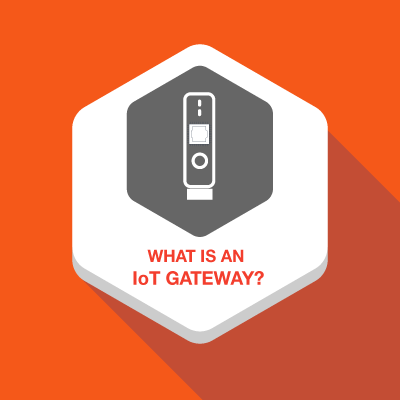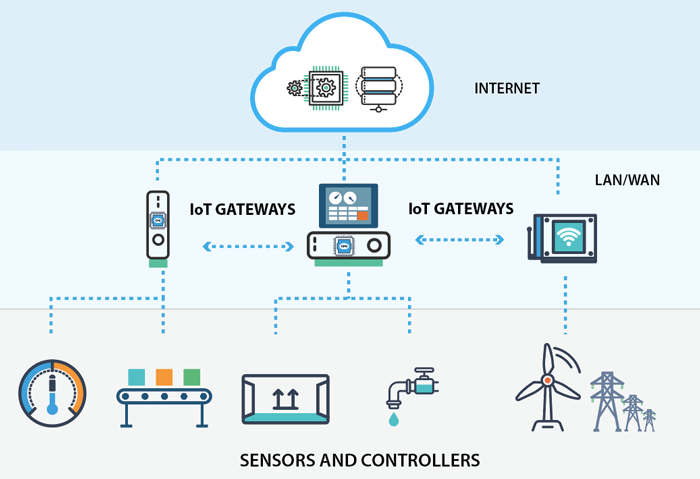IoT Gateways – Powering the Industrial Internet of Things
As the Internet of Things (IoT) expands, businesses find themselves faced with the challenge of integrating a multitude of devices and protocols. From modern sensors to legacy equipment, the need for seamless communication and data processing across different technologies is greater than ever.
This is where IoT Gateways come in. They are emerging as an essential component in building a robust IoT and for delivering computational power in edge computing scenarios. Edge computing distributes the load on a system by performing data processing at the data source, or “edge”, rather than relying on a central server for the bulk of the work. This is where an IoT Gateway comes in, such as the OAS Platform.

What is an IoT Gateway?
An IoT Gateway is a solution for enabling IoT communication, usually device-to-device communications or device-to-cloud communications. The gateway is typically a hardware device housing application software that performs essential tasks. At its most basic level, the gateway facilitates the connections between different data sources and destinations.
A simple way to conceive of an IoT Gateway is to compare it to your home or office network router or gateway. Such a gateway facilitates communication between your devices, maintains security, and provides an admin interface where you can perform basic functions.
But a gateway IoT industrial solution does much more. It integrates legacy systems, enforces security protocols, enables edge analytics, and ensures that only relevant, pre-processed data is sent to the cloud. This reduces bandwidth usage, improves response times, and enhances data quality.
What functions does an IoT gateway perform?
Today’s industrial IoT gateways are far more than just simple data pass-throughs. They’re intelligent edge devices that perform a wide range of essential functions that power modern industrial environments.
IoT Gateway feature set
A versatile IoT Gateway may perform any of the following:
- Facilitating communication with legacy or non-internet connected devices
- Data caching, buffering and streaming
- Data pre-processing, cleansing, filtering and optimization
- Some data aggregation
- Device to Device communications/M2M
- Networking features and hosting live data
- Data visualization and basic data analytics via IoT Gateway applications
- Short term data historian features
- Security – manage user access and network security features
- Device configuration management
- System diagnostics
These capabilities make IoT gateways an indispensable part of modern industrial systems, especially as Industry 4.0 and smart manufacturing become the norm.
IoT Gateways and Edge Computing
In edge computing, critical data processing occurs at the data source rather than in a centralized cloud-based location. A versatile IoT Gateway is the essential link in delivering edge computing power to technicians in the field or on the plant floor. IoT Gateways that come equipped with these capabilities are referred to as ’Smart’ Gateways.
The OAS Platform and Universal Data Connector is an example of a next-generation industrial IoT Gateway. It delivers both edge and cloud capabilities to support flexible deployment, seamless data integration, and real-time system responsiveness. From single-site operations to distributed global networks, the OAS Platform offers the scalability and performance needed to support complex IoT infrastructures.



